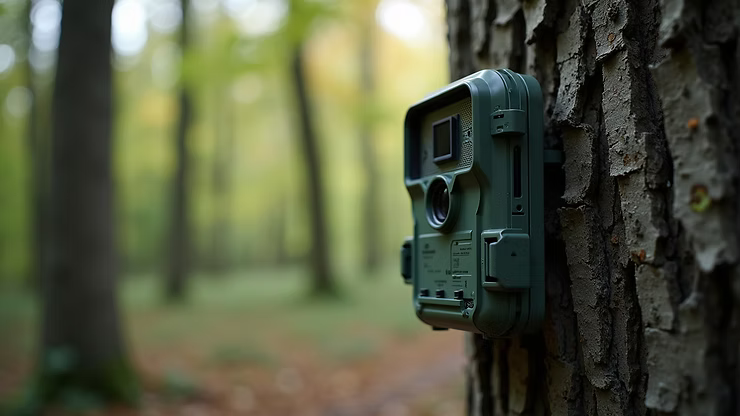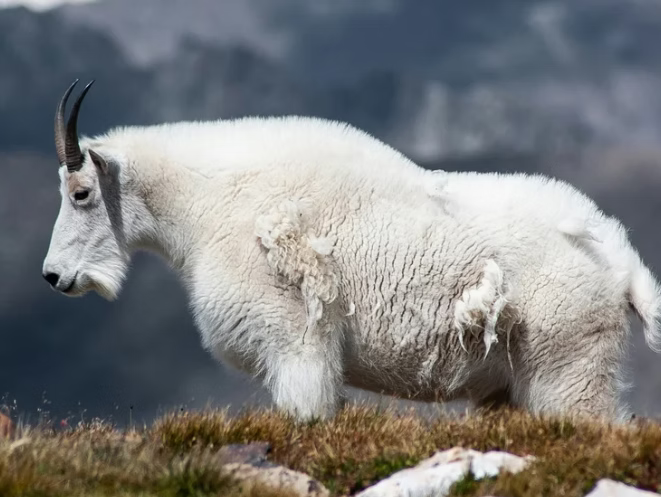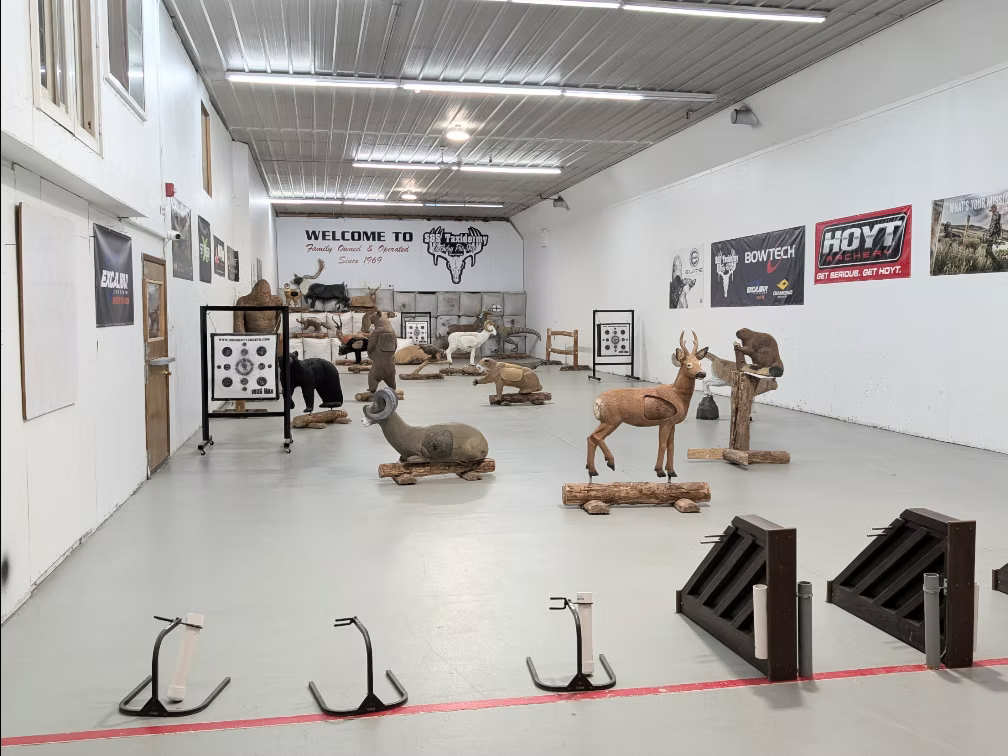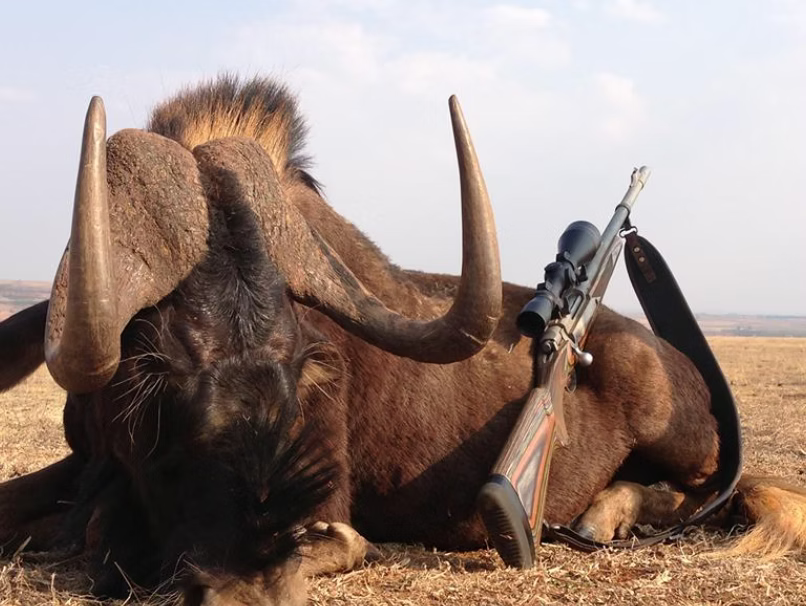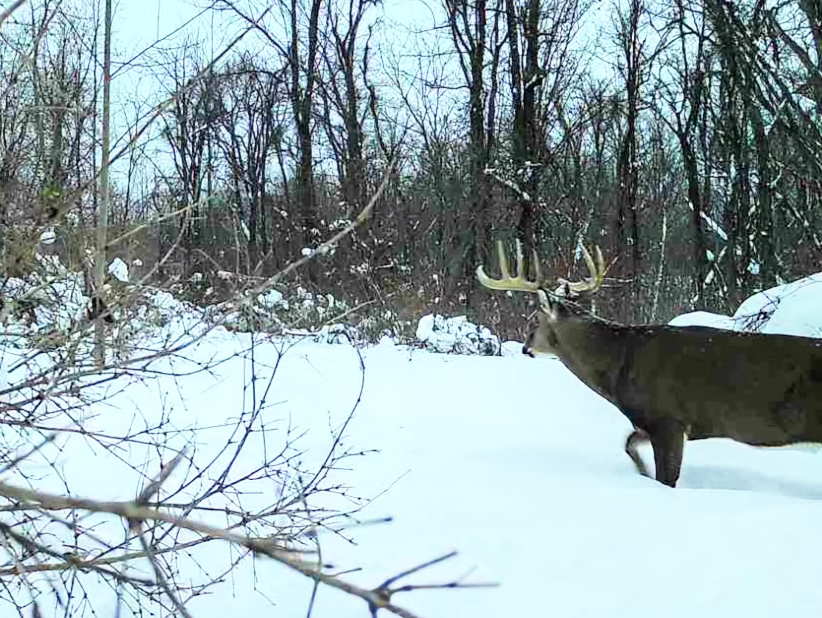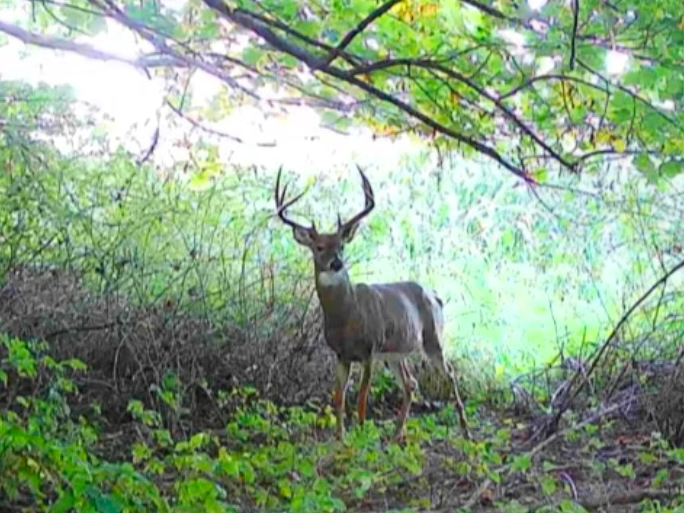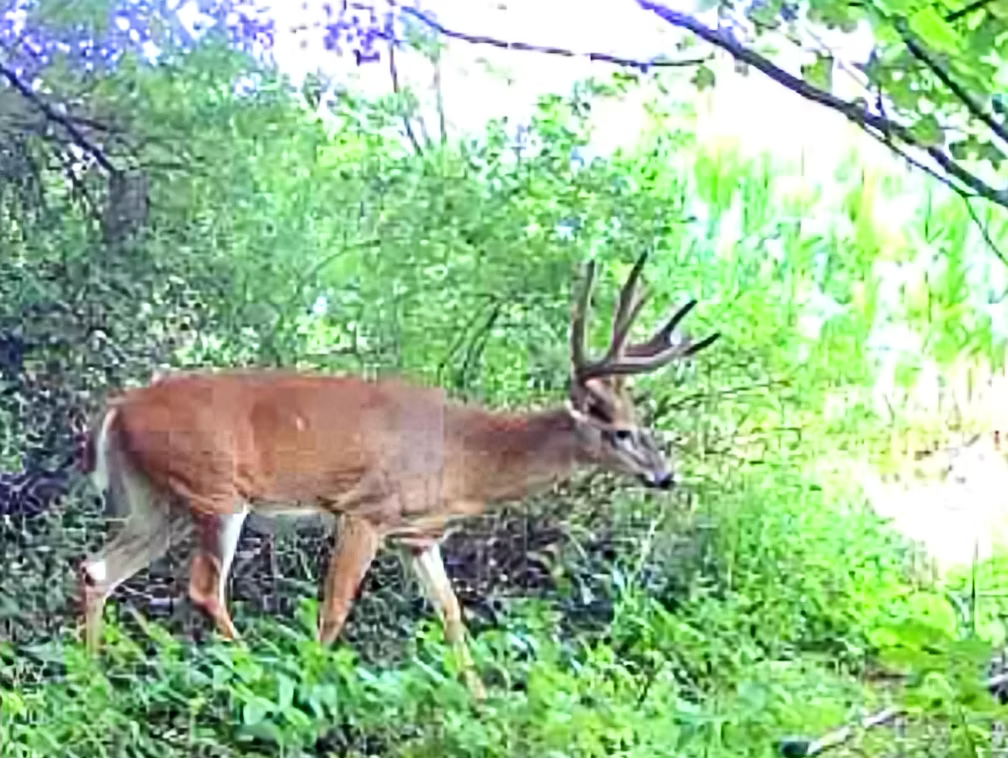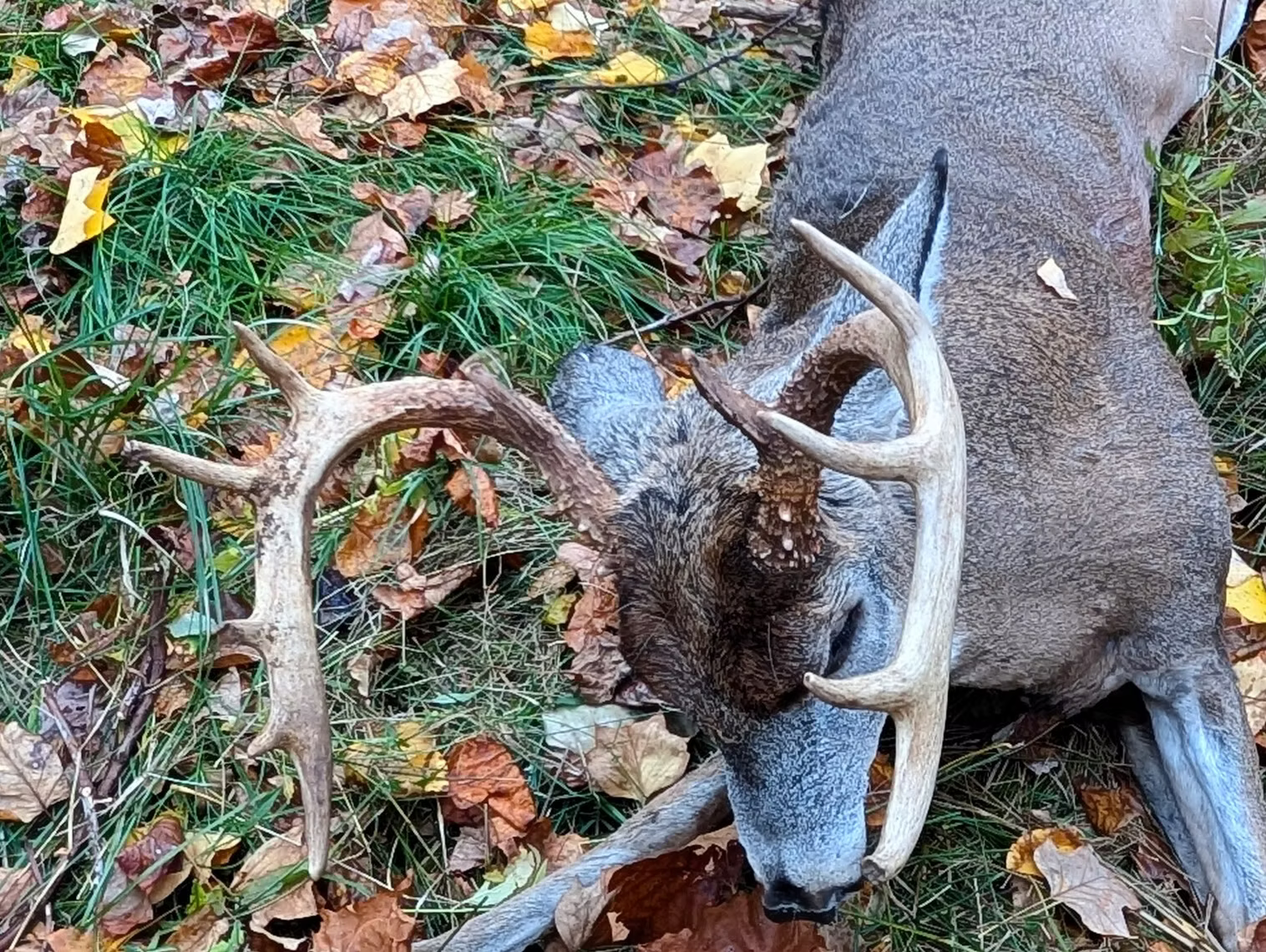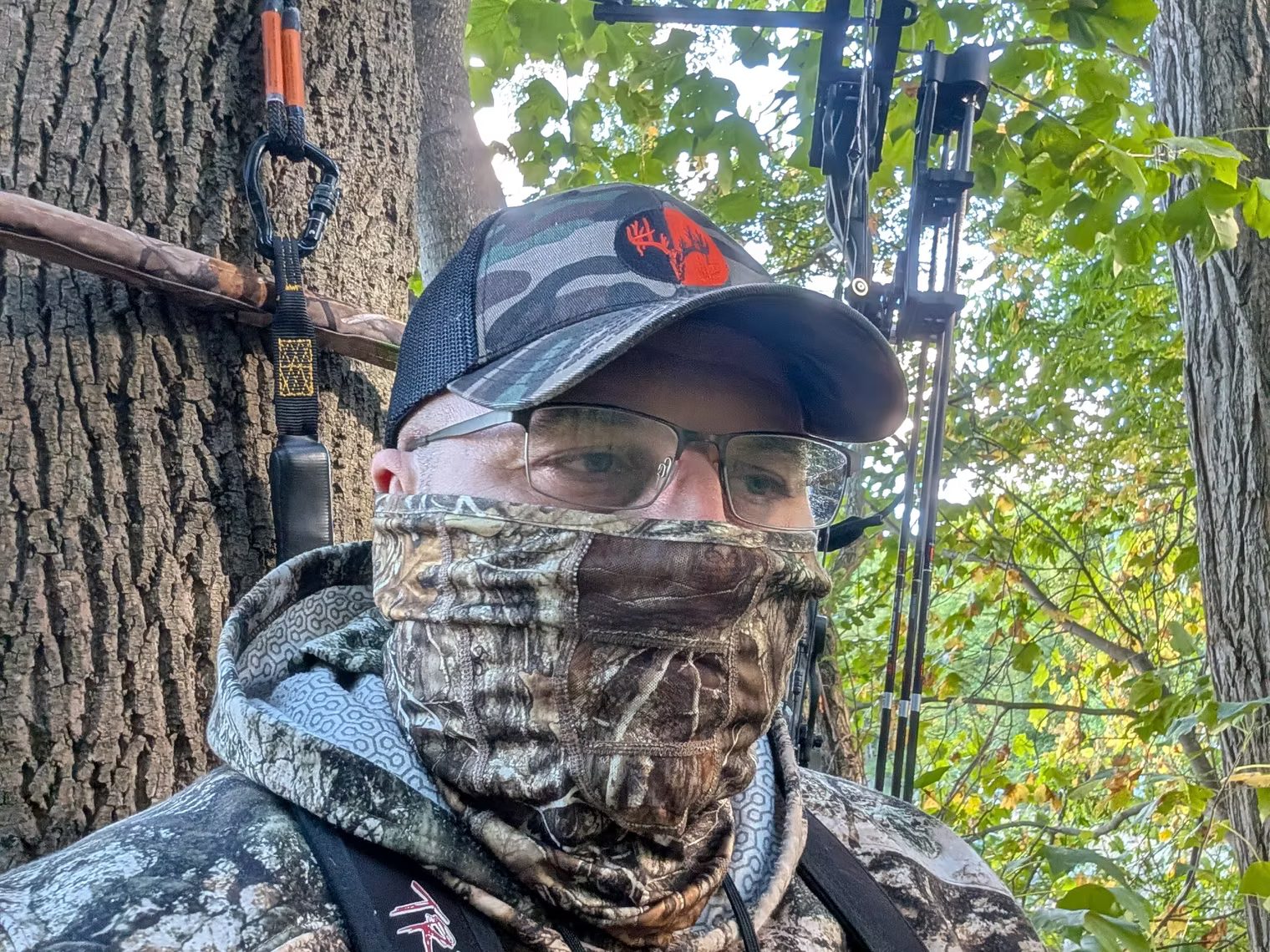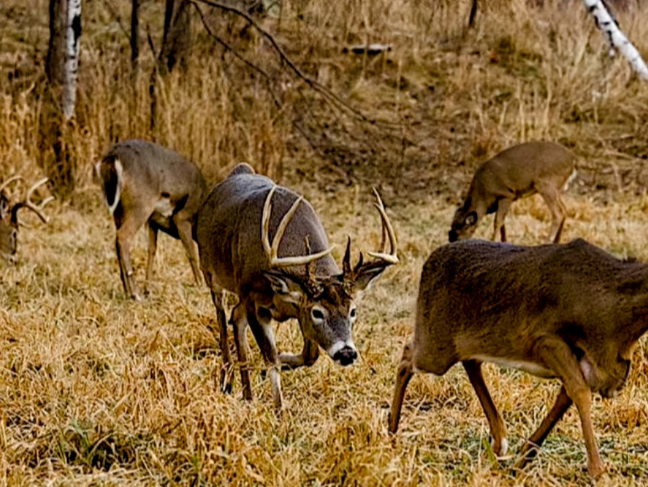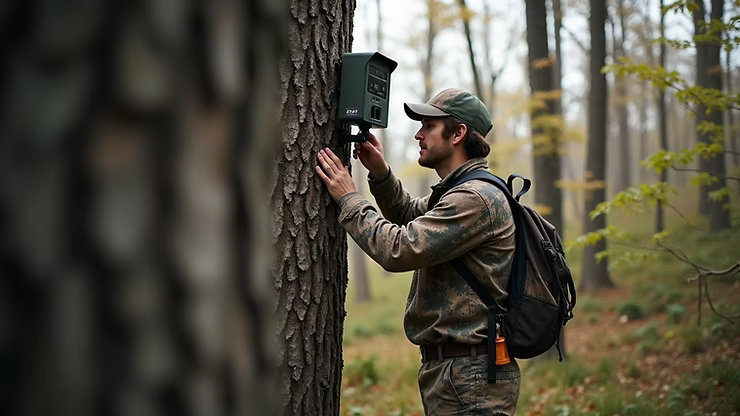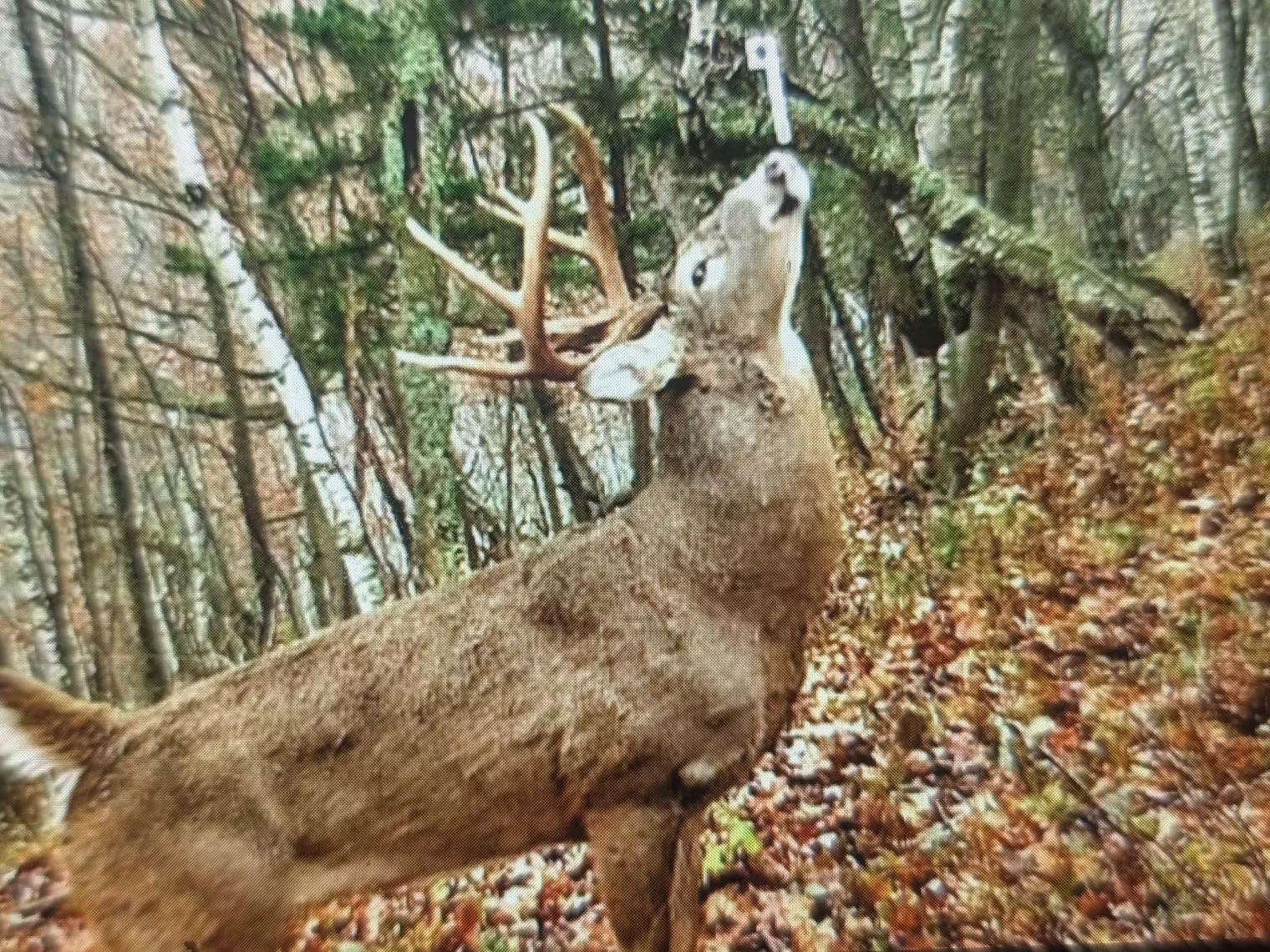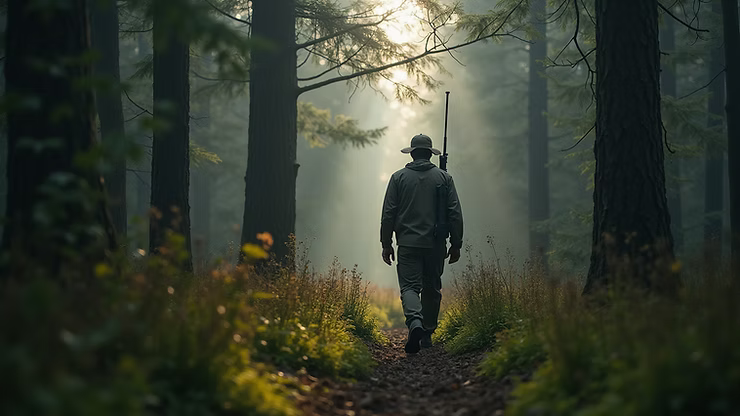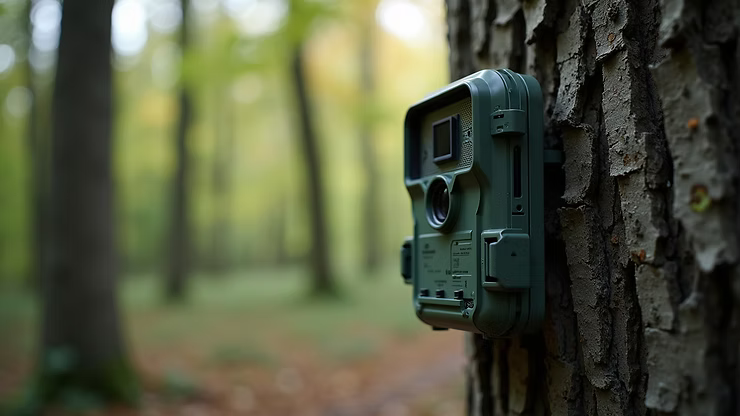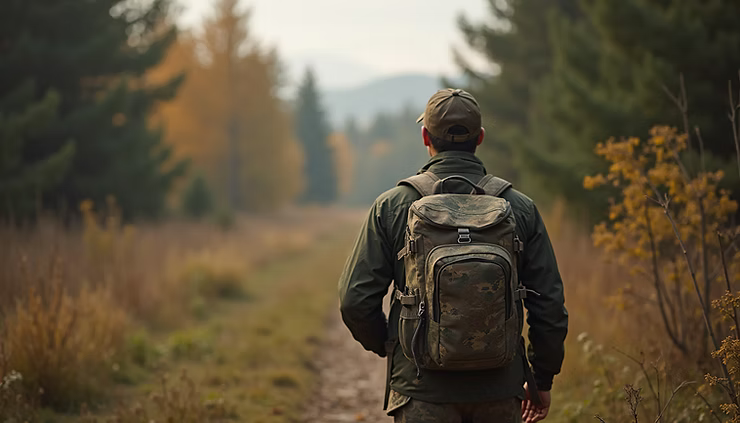Top Strategies for Successful Deer Hunting
If you’ve ever found yourself staring out into the woods, wondering how to up your game and actually bring home some venison, you’re not alone. Deer hunting is part art, part science, and a whole lot of patience. Over the years, I’ve picked up some solid tricks that turn a frustrating day into a memorable hunt. So, let’s dive into some top deer hunting tactics that can seriously boost your chances this season.
Mastering the Basics: Scouting and Understanding Deer Behavior
Before you even think about setting up your stand or packing your gear, you’ve got to know where the deer are and what they’re up to. Scouting is the foundation of any successful hunt. I like to hit the trails early in the season, looking for fresh tracks, rubs on trees, and scrapes on the ground. These signs tell you where bucks are marking their territory and where does are feeding.
Deer are creatures of habit. They follow the same trails to food, water, and bedding areas day after day. If you can figure out their patterns, you’re halfway there. Use trail cameras to get a peek at their movements without spooking them. I’ve caught some great footage of bucks cruising at dawn, which helped me plan my hunts around their active times.
Pro tip: Pay attention to wind direction. Deer have an incredible sense of smell, and if you’re downwind, you’re toast. Always set up so your scent drifts away from where you expect the deer to come from.

Top Deer Hunting Tactics: Gear, Positioning, and Patience
Now that you know where the deer are, it’s time to talk tactics. The right gear can make or break your hunt. I always recommend lightweight, quiet clothing that blends into the environment. Camouflage is great, but don’t forget about scent control sprays and scent-eliminating soaps. You want to be as invisible as possible.
Choosing your hunting spot is just as important. Tree stands give you a great vantage point and keep your scent off the ground. Ground blinds work well too, especially if you’re hunting in thick brush. I like to set up near food sources like acorn patches or cornfields, but make sure you’re not too close—deer can get spooked by human activity.
Patience is the hardest part. You might sit for hours without a single deer in sight. But trust me, the payoff is worth it. Bring a good book or some snacks, and stay alert. When you finally spot a buck, slow and steady wins the race. Don’t rush your shot; wait for the perfect moment.
Quick checklist for your gear:
-
Quiet, camo clothing
-
Scent control products
-
Binoculars
-
Quality hunting knife
-
Rangefinder
-
First aid kit

How to Use Calls and Scents to Attract Deer
One of the coolest parts of deer hunting is using calls and scents to lure them in. It’s like playing a game of animal whisperer. There are several types of calls—grunt calls, bleat calls, and rattling antlers—that mimic deer sounds. I’ve found that a well-timed grunt call during the rut can bring a curious buck right to your stand.
Scents are another powerful tool. Doe estrus scents can trigger bucks to investigate, while cover scents help mask your human smell. I usually apply cover scent on my boots and clothes before heading out. When using estrus scents, a little goes a long way—too much can be a red flag to deer.
Remember, timing is everything. The rut is prime time for calls and scents, but outside of that, subtlety is key. Overdoing it can backfire and send deer running.

Tracking and Following Up After the Shot
So, you’ve made the shot—congratulations! But the hunt isn’t over yet. Tracking your deer is a skill that takes practice and patience. The first thing I do is mark the spot where the deer was standing when I shot. Then, I look for blood trails. Fresh blood is bright red and easy to spot, but if it’s dark or clotted, you need to be extra careful.
Move slowly and quietly, scanning the ground every few steps. Deer can run quite a distance after being hit, so don’t get discouraged if you don’t find it immediately. Use your rangefinder and binoculars to scan the area ahead.
If you lose the trail, don’t panic. Take a break, reassess, and come back with fresh eyes. Sometimes, waiting until the next morning helps because the deer will bed down nearby.
Staying Safe and Ethical in the Field
Hunting is thrilling, but safety and ethics should always come first. I never head out without telling someone where I’ll be and when I plan to return. Carrying a GPS or a fully charged phone is a must. Also, know your local hunting laws and seasons—nothing ruins a good hunt like a ticket or worse.
Ethical hunting means taking clean shots and respecting the animal. If you’re not confident in your shot, don’t take it. Wounding a deer and letting it suffer is not what hunting is about. Practice regularly at the range to improve your accuracy.
Lastly, respect the land. Leave no trace, pack out your trash, and be courteous to other hunters and landowners. This keeps hunting accessible and enjoyable for everyone.
Hunting is more than just a sport; it’s a connection to nature and a test of skill. By mastering these top deer hunting tactics, you’ll not only increase your chances of success but also deepen your appreciation for the great outdoors. For more detailed tips and gear recommendations, check out these deer hunting strategies that have helped me and many others.
Happy hunting, and may your next trip be your best yet!

